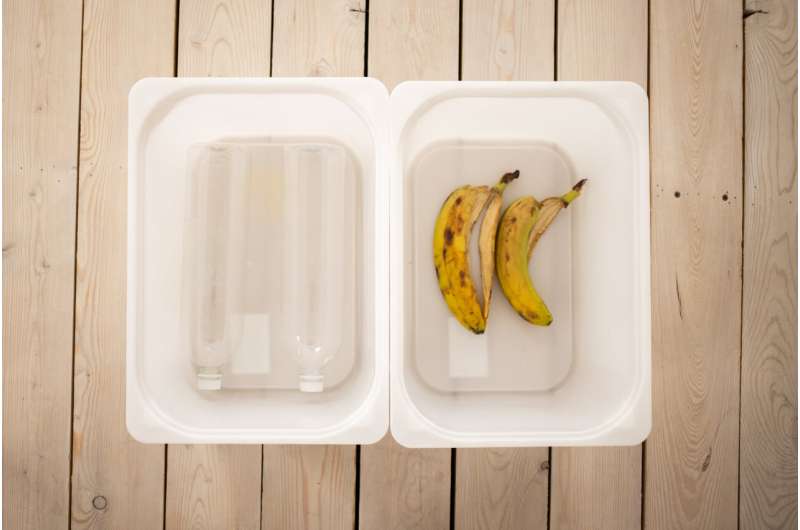Creating value and reducing waste by exploiting animal by-products

The animal by-products industry is a vital link in the global food production chain, creating new products and reducing waste. However, new safe biotech tools and processes are needed to meet growing markets and ambitious environmental goals. This is why a European project has developed a new way of converting previously unmarketable poultry remains into products ranging from food additives to biodiesel.
The EU-funded PROSPARE ('Progress in saving proteins and recovering energy') project sets out to develop a technological platform for the multi-purpose processing of animal by-products (AB-P), in particular poultry. Using a novel biocatalytic approach, unmarketable poultry remains can now be converted into value-added proteins - peptide hydrolysates - that can be used in marketable end-products.
The project has also sought to widen current scientific knowledge of bioconversion techniques to pave the way for increased exploitation of animal residues on an industrial scale.
The project started out by examining how value-added peptide mixtures could be obtained from raw materials. It then sought to make this process available to industry for larger-scale processing. The ultimate objective was to make these peptide mixtures exploitable to the food, feed and biochemicals (cosmetic and microbiology) sectors.
The technology platform has focused on bringing forward several key benefits. The first is utilisation - making AB-P potentially interesting to a range of industries through the development of a novel conversion process based on a biocatalytic approach. This in turn should create value, by converting these residues into peptide hydrolysates for food additives and feed, for example. The accompanying fat and tallow (rendered animal fat) can also be exploited for renewable energy and the production of organic chemicals.
Another focus of the project has been functionality. New ingredients must meet consumer expectations if they are to succeed in the market place. Therefore, the project looked at achieving the necessary sensory characteristics required for nutritional ingredients - taste, aroma and digestibility - in order to improve their commercial potential. The functional properties of newly produced food additives have been investigated by using standard and new assay methods.
Importantly, the project also prioritised safety. A range of complementary low-cost techniques for monitoring microbial contamination and novel tracing tools for mycotoxin detection have been developed, to ensure that developed food additives comply with regulations.
The PROSPARE project represents a radical breakthrough because it demonstrates how previously unmarketable AB-P can be exploited through efficient bioconversion methods and biocatalysts (enzyme and/or enzymatic compositions). It is also novel in that it is highly interdisciplinary, applying biotechnological, chemical, biophysical, immunological and toxicological expertise. In addition, it has involved industrial partners who have trialled the proposed technologies for evaluation. The first pilot production plants (in Russia and Belgium) achieved the required standard of full productivity and sustainability.
It is expected that this technological breakthrough will transform AB-P treatment and help to reduce unnecessary waste. While exploiting such products safely has consistently been a major challenge, the new processing technologies developed through PROSPARE should meet broad EU food safety requirements while being economically sustainable.
More information: PROSPARE www.prospare.eu/
Provided by CORDIS




















